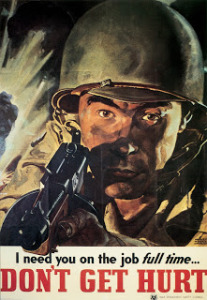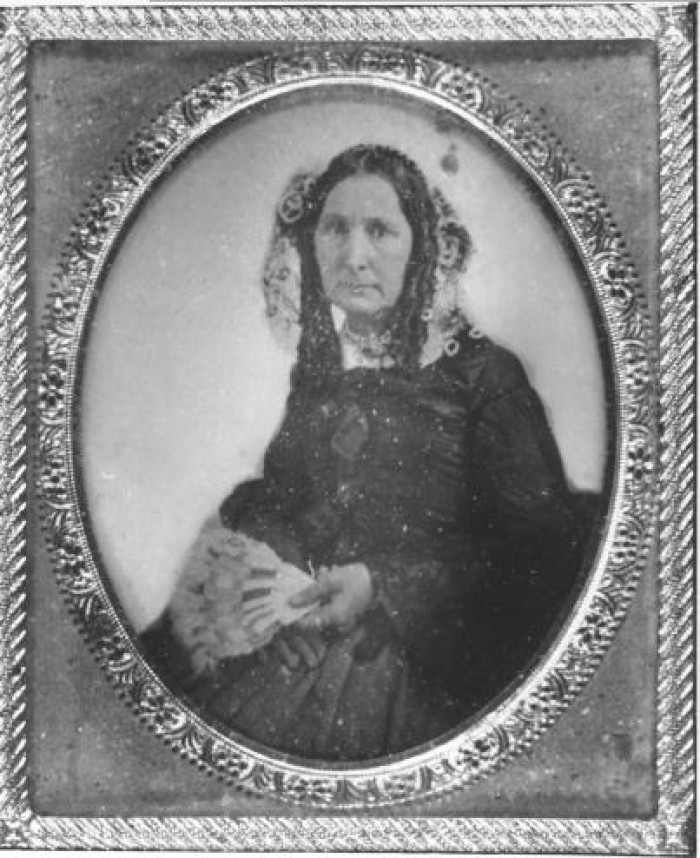I’m so pleased to have Sarah Sundin back. This week, she’ll be discussing the role of the pharmacist on several different fronts during WWII. I’ve found this information absolutely fascinating!
Welcome back, Sarah.
 In the 1940s, the local drug store was more than just a place to get prescriptions filled and pick up toothpaste—it was a gathering place. If you’re writing a novel set during World War II, it helps to have an understanding of this institution.
In the 1940s, the local drug store was more than just a place to get prescriptions filled and pick up toothpaste—it was a gathering place. If you’re writing a novel set during World War II, it helps to have an understanding of this institution.
As a pharmacist, I found much about my profession has changed, but some things have not—the personal concern for patients, the difficult balance between health care and business, and the struggle to gain respect in the physician-dominated health care world. Today I’ll discuss the role of the pharmacist in the 1940s. On February 16th, I’ll describe the local drug store and how its role changed during the war, and on February 18th, I’ll review the rather shocking role—or lack thereof—of pharmacy and pharmacists in the US military.
The Profession of Pharmacy in the 1940s
Although the term of druggist has been abandoned by the profession—please do not use it in your contemporary novels—in the 1940s, the terms of pharmacist and druggist were interchangeable. The 1940 US census counted over 80,000 pharmacists. The majority worked in retail pharmacy, with only 3000 working in hospitals. In fact, less than half of hospitals had a pharmacist on staff.
A cornerstone of pharmacy had always been compounding, the practice of mixing a prescription from raw ingredients. Pharmacists made creams, ointments, elixirs, suspensions, capsules, tablets, suppositories, and powder papers. Only pharmaceutical grade ingredients could be used, approved by the USP (United States Pharmacopoeia) or the NF (National Formulary). Every pharmacist owned a copy of the USP guide—the 11th Edition (1937) or 12th Edition (1942). The USP guide provides chemical data on each substance. By the 1940s, pharmacists compounded less—about 70 percent of prescriptions were filled with manufactured dosage forms.
In the 1940s, the pharmacist was a vital member of the community. Often viewed as more accessible than physicians, pharmacists were relied upon for health information and the treatment of minor ailments.
Education and Licensing
The first four-year Bachelor’s of Science degree in pharmacy was offered by Ohio State University in 1925. The four-year program became mandatory with the incoming class of 1932. The doctor of pharmacy (Pharm. D.) degree was first offered by the University of California, San Francisco in 1955, and did not become mandatory until 2000. Therefore, in World War II, pharmacists were addressed as “Mr.” or “Mrs.” or “Miss.”
In 1942, sixty-eight colleges of pharmacy operated in the United States. In addition to general education requirements, pharmacy students also studied pharmacy, pharmaceutical chemistry, pharmacognosy (deriving pharmaceuticals from raw substances, such as plants), pharmacology (the effect of a drug on the body), and business. To increase the chance that a student would finish his degree before being drafted, most colleges of pharmacy adopted a year-round, three-year program during the war.
Each state had its own licensing requirements and examinations, and there was no reciprocity between states. For example, a pharmacist licensed in California had to take a new set of examinations if he moved to Michigan.
Manpower Shortage
In a nation of 130 million, over 11 million would serve in the armed forces during the course of the war. This produced a manpower shortage on the home front, and pharmacy was not immune. As a class, pharmacists were not exempt from the draft, but local draft boards could declare individuals as “necessary men” if their enlistment would negatively affect the health of the community. During World War II between 10,000-14,000 pharmacists served in the military. Due to this loss, approximately 15 percent of drug stores closed during the war. The west coast was hard hit when all Japanese-American pharmacists were forcibly interned.
However, more opportunities opened for women as colleges and employers actively recruited them. While less than 5 percent of pharmacists in 1940 were female, the percentage of female pharmacy students rose above 15 percent during the war.
Effects of the War
Due to store closures, the average store filled 13 percent more prescriptions than before the war. This increase in workload was balanced by depletion of other goods due to rationing and shortages. In addition, citizens were encouraged to take better care of their health so they could contribute to the war effort, which led to an increase in physician visits. Overworked physicians dispensed fewer drugs from their offices and sent more patients to pharmacies. As a result, the average drug store enjoyed an 80 percent increase in sales during the war.
Pharmacists dealt with shortages of ingredients and medications. A serious shortage of quinine, used to treat malaria, led the military to collect the majority of the nation’s quinine stock. Also, shortages of alcohol, sugar, and glycerin taxed the ability of pharmacists to compound. Each pharmacy received a ration of ten pounds of sugar a week for compounding purposes.
Resources
My main source was this excellent, comprehensive, and well-researched book: Worthen, Dennis B. Pharmacy in World War II. New York: Pharmaceutical Products Press, 2004.
http://www.lloydlibrary.org (Website of the Lloyd Library and Museum, which has many articles and resources on the history of pharmacy).
United States Pharmacopoeial Convention. The Pharmacopoeia of the United States of America, Twelfth Edition. Easton PA: Mack Printing Company, 1 November 1942.
********************************************************************************************
 Sarah Sundin is the author of the Waves of Freedom series (Through Waters Deep, 2015, Anchor in the Storm, 2016, and When Tides Turn, March 2017), the Wings of the Nightingale series, and the Wings of Glory series, all from Revell. In addition she has a novella in Where Treetops Glisten (WaterBrook).
Sarah Sundin is the author of the Waves of Freedom series (Through Waters Deep, 2015, Anchor in the Storm, 2016, and When Tides Turn, March 2017), the Wings of the Nightingale series, and the Wings of Glory series, all from Revell. In addition she has a novella in Where Treetops Glisten (WaterBrook).
Her novel Through Waters Deep was a 2016 Carol Award Finalist, won the 2016 INSPY Award, and was named to Booklist’s “101 Best Romance Novels of the Last 10 Years.” Her novella “I’ll Be Home for Christmas” in Where Treetops Glisten was a finalist for the 2015 Carol Award. In 2014, On Distant Shores was a double finalist for the Golden Scroll Awards from both AWSA and the Christian Authors Network. In 2011, Sarah received the Writer of the Year Award at the Mount Hermon Christian Writers Conference.
A mother of three, Sarah lives in northern California, works on-call as a hospital pharmacist, and teaches Sunday school and women’s Bible studies. She enjoys speaking to community, church, and writers’ groups, and has been well received.
Share this:




